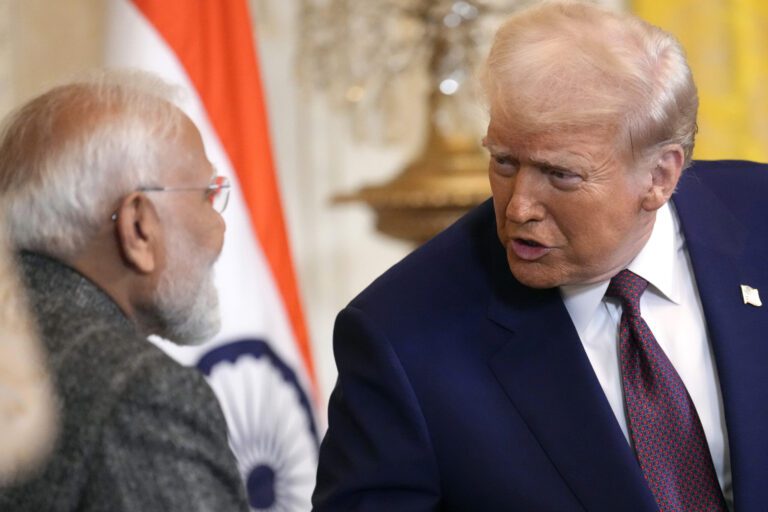Upcoming iPhone and Smartphone Price Hike: A Look into New Tariffs
As consumers eagerly await the next generation of smartphones, recent announcements from former President Donald Trump signal a potential increase in prices for iPhones and other devices. This is due to a proposed 25% tariff on India’s imports, a move intended to counteract the country’s purchase of military equipment and oil from Russia.
India: The New Smartphone Manufacturing Hub
India has recently taken the lead as the primary manufacturing center for smartphones intended for the U.S. market, surpassing China. This shift is largely attributed to Apple’s strategic move to enhance its supply chain in India. According to Canalys, a premier research firm:
"Apple has scaled up its production capacity in India over the last several years as part of its ‘China Plus One’ strategy," says Sanyam Chaurasia, a principal analyst at Canalys. "Most of its export capacity in India is now dedicated to the U.S. market for 2025."
Anticipated Earnings and Stock Impact
Apple is set to release its latest earnings report on Thursday, which will provide insights into how existing tariffs are impacting its profits. On the morning of the report, the company’s stock was already trading slightly lower. Investors and consumers alike are particularly keen to know how the new tariffs might affect their wallets in the near future.
Trump’s Tariff Announcement
In a recent post on Truth Social, Trump declared that the new tariffs on India would commence on August 1. He highlighted that India maintains some of the highest tariffs in the world, along with significant non-monetary trade barriers:
"India’s tariffs are among the highest in the world, and they have the most strenuous and obnoxious non-monetary Trade Barriers of any Country,” Trump stated.
In a follow-up, he mentioned a significant trade deficit between the U.S. and India, which totaled nearly $29 billion in the first five months of 2025, according to Census Bureau data.
Economic Impact and Potential Costs
In April, Trump had initially announced a 26% import tax on Indian goods, though its implementation was suspended for negotiations. Approximately $87 billion in goods were imported from India last year, suggesting that the proposed tariffs could lead to a cost increase exceeding $20 billion for American consumers annually.
Key Imports and Exports:
-
Top Imports from India:
- Precious stones and metals
- Electrical machinery
- Pharmaceuticals
- Clothing
- Top Imports to India from the U.S.:
- Oil and gas
- Manufactured goods
- Coal
- Aircraft
The Bigger Picture: Trade Agreements
As the world’s most populous country and the fifth-largest economy, India plays a crucial role in global trade dynamics. In February, Trump and Indian Prime Minister Modi set a goal to elevate bilateral trade to $500 billion by 2030. They also expressed intentions to negotiate a multi-sector trade agreement.
Amid rising tensions, the U.S. and China have managed to keep trade talks ongoing to avoid a potential war. Additionally, recent trade agreements with the European Union and Japan reflect seeking broader economic collaborations, even as the August 1 deadline approaches for implementing new tariffs.
Conclusion
As we approach major announcements and potential shifts in trade policies, consumers and investors should closely monitor the developments surrounding the new tariffs on Indian imports. The implications for smartphone prices and the broader economic landscape are profound, underscoring the interconnected nature of global trade.
For a deeper understanding of the implications of tariffs and trade agreements, visit the U.S. Census Bureau for the latest data.


